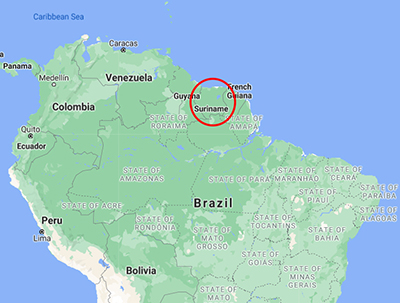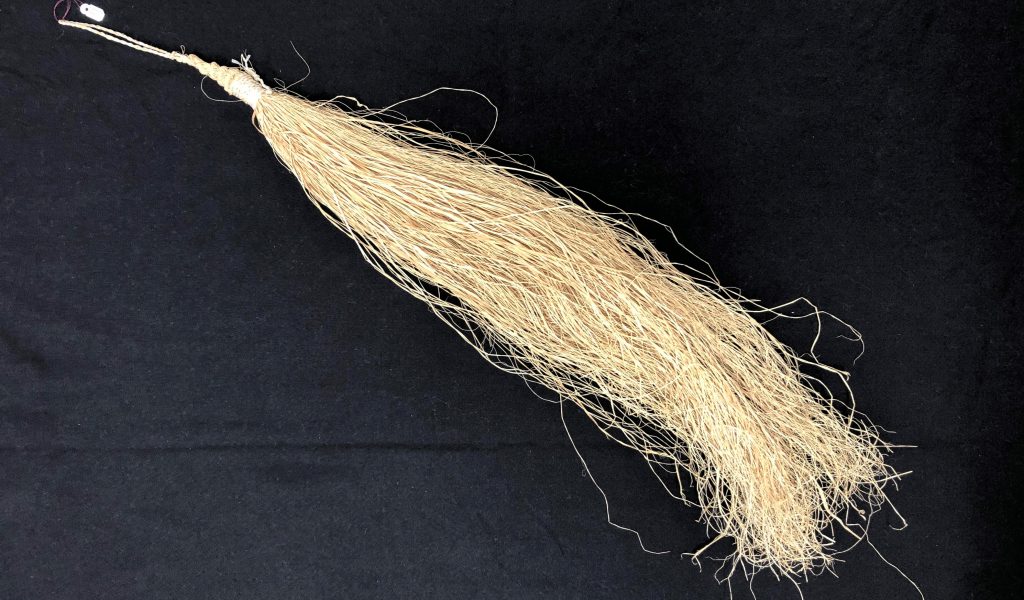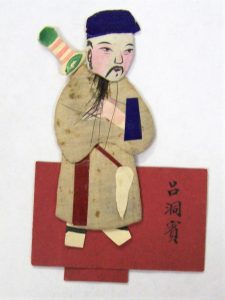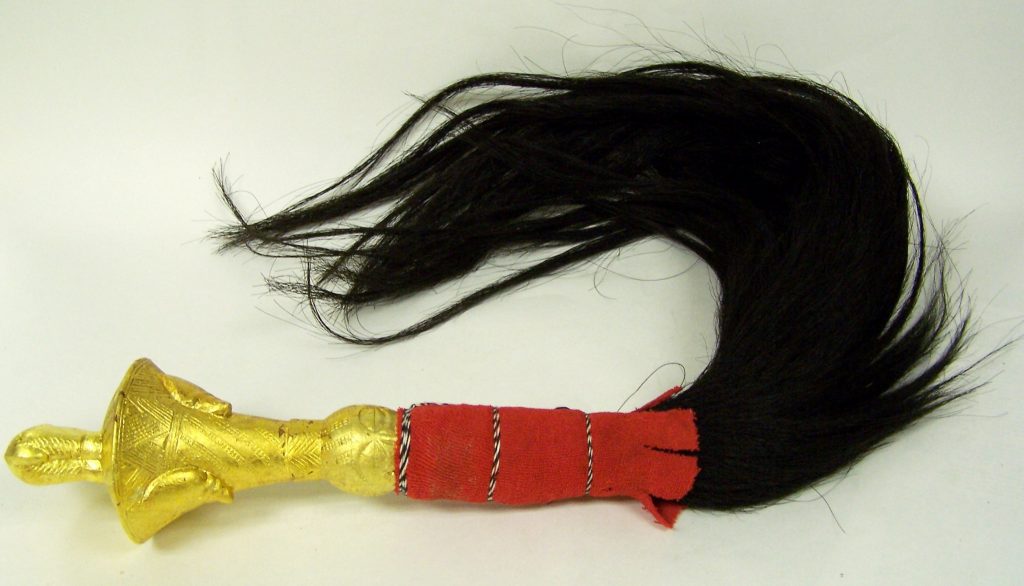Suriname: Make a Mosquito Brush
Where is Suriname?

Suriname, located on the northeastern Atlantic coast, is one of the smallest countries in South America. It was formerly known as Dutch Guiana and was a plantation colony of the Netherlands. On November 25, 1975, Suriname gained its independence and became a sovereign state. With approximately 575,990 people, Suriname has one of the most ethnically diverse populations in the region.
Who are the Arawak?
The Arawak are a group of indigenous peoples of South America and the Caribbean. They settled the coastal areas of what is now Guyana, Suriname, Grenada, Jamaica, and parts of the islands of Trinidad and Tobago.
The term Arawak is very confusing because at various times it has been used to refer to the Lokono of South America and the Taino in the Caribbean. Early Spanish explorers used the terms Arawak and Caribs to distinguish the peoples of the Caribbean. They called indigenous groups they considered hostile Caribs. Groups they considered friendly were called Arawak.
By 1871, the terms Island Arawak and mainland Arawak were used to differentiate the people of the Caribbean from those of South America. Later these terms were shortened to Arawak, creating confusion between the island and mainland groups.
Today, Arawak refers mostly to the Lokono people of South America and Taino refers to the descendants of the indigenous people of the Caribbean. What connected the people is that all these groups spoke related Arawakan languages.
What is a Mosquito Brush?
The Arawak have always lived in a tropical climate with many insects. A mosquito brush was and continues to be a useful item. They are made from grasses, palm leaves, and other natural materials. They are used to fan a person but also keep mosquitos, flies, and other bugs away.

This Arawak mosquito brush is from the Lam Museum collection.

This figure from the Lam Museum collection shows one of the Chinese 8 immortals holding a fly whisk.
In other countries, mosquito brushes are referred to as a fly whisks. Again, its main purpose is to fan flies and bugs away, but it can represent other things. For example, in Polynesian cultures a fly whisk is a ceremonial mark of authority. A fly whisk made with the tail hairs of a white elephant is part of the royal regalia of Thailand. In Indonesian art, a fly whisk is one of the items associated with Hindu and Buddhist deities. It is also used as an accessory in folk performances. A fly whisk is one of the traditional hierarchical symbols used by Buddhist monks in China and Japan. It represents the symbolic “sweeping” away of ignorance and mental afflictions. Also, many Chinese martial arts use fly whisks as part of their religious philosophies. In many African countries, a fly whisk is part of the traditional regalia of chiefs, monarchs, and royal families. It is used as a symbol of power, respect, and authority.

The Lam Museum collection also includes this Baule fly whisk from the Ivory Coast, which is a symbol of power with a handle covered in gold leaf.
Fly whisks can be made from a variety of materials like bone, ivory, wood, silver, and gold for the handles. The brush can be made from grasses, roots, leaves, and different types of animal hair. They can be very elaborate or very simple.
Let’s make a Mosquito brush!
Remember mosquito brushes or fly whisks are made from various materials and each one is unique. So be CREATIVE when you make your own!
Here’s what you’ll need:
• Paper
• Craft stick, dowel, or paint stirrer
• Scissors
• Glue
• Pencil
• Ruler
• Markers, crayons, or colored pencils
Optional for decorating:
• Craft paints
• Paintbrushes
• Water container
• Paper towels
• Seashells, jewels, buttons, beads
